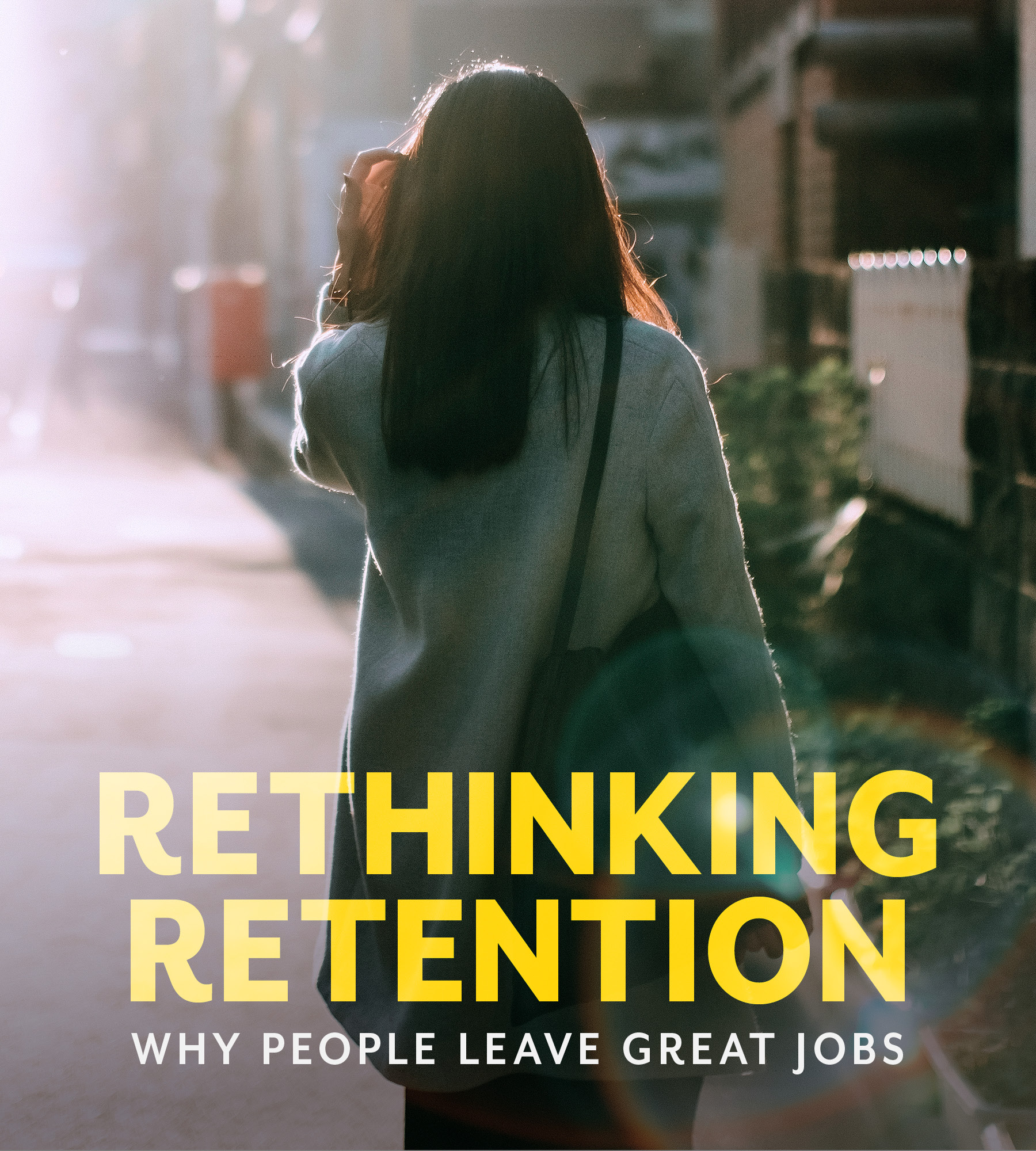Language
You can read the magazine in one of the following languages
Geolocation
You can read the global content or the content from your region

In the early 20th century, the poet Ovid captured a thinking trap that plagues corporate America now more than ever. In The Art of Love, he writes: “The harvest is always richer in another man’s field.”
This notion that ‘the grass is always greener on the other side’ is a major reason that people leave good organizations and good leaders. Indeed, most of us focus on the opportunities we don’t have, more than those that are within us and within our reach.

The psychology of opportunity suggests that employees overlook the opportunities they already have in pursuit of those ‘in another man’s field’.
We hear this in our way of speaking about job opportunities, investment opportunities and even growth opportunities; if only we could find them, if only we could get them, if only we had more of them, life would be good and we would be fulfilled.
This thinking reflects a trap illuminated by psychologist Sonja Lyubomirsky, among others. Despite that fact that we’re constantly pursuing what we don’t have, Lyubomirsky’s research shows that beyond genetics, the great majority of our happiness comes from how we think, feel and act on what we do have. In other words, the psychology of opportunity suggests that employees overlook the opportunities they already have in pursuit of those ‘in another man’s field’.
As business leaders, what would be possible if our workforce was maximizing the opportunities within the company instead of pining after possibilities outside of it?
The answer to this question is so valuable that it has inspired the emergence of an entire US$15 billion-plus industry – the professional coaching industry. Coaching, by design, helps people rethink their options, often uncovering the opportunities they already have.

The more we can facilitate access to coaching, the more we can help our people harness the opportunities they already have.
Indeed, Stephen Covey’s ‘Circle of Influence’ is a foundation of coaching. Even when people seek coaching to get something from others – such as a promotion, prestige, recognition – the real value of coaching lies in what it brings out in them – vision, confidence, purpose, resilience.
Coaching is an opportunity magnifier. The more we can facilitate access to coaching, the more we can help our people harness the opportunities they already have, so that they don’t leave great companies to chase down opportunities ‘on the other side’.
You don’t have to make coaching available to every employee in your organization to harness its power. Indeed, the people in the best position to coach for retention aren’t external coaches – they’re leaders who coach.
When leaders learn to leverage a coaching mindset, skills and approach in everyday conversations, they can help employees both see and pursue opportunities within the company. In fact, great leaders often see more in their people than their people see in themselves, and coaching conversations bring these insights to life.

In an age when our brains are increasingly wired for immediate gratification, employees need leaders who are ready to help them consider their choices.
Recognition of one’s potential is just the beginning. When employees get restless for more, a leader who coaches can help them consider the ways they can expand or shift their role. When employees hit road bumps, leaders who coach can help them rethink their frustrations and challenges. When it feels easier to jump ship and apply for roles elsewhere, leaders who coach can help employees navigate the currents of their own company.
Certainly, there are times when an organization can no longer leverage all that an employee has to offer, but all too often, great employees find it easier to grow professionally outside their organization than within it. Teaching leaders to coach is like stacking your company with five-star guides; not the kind who tell people where they should go, but rather the kind who help people see more opportunities than they ever imagined.
Let’s face it: we live in a world where almost anything, even a new job, is available at the click of a button. It’s almost too easy to find new opportunities, and it’s getting easier and easier to apply for new positions. When that doesn’t work out, we can join the 49 percent of entrepreneurs who recently left corporations to work for themselves.
In an age when our brains are increasingly wired for immediate gratification, employees need leaders who are ready to help them consider their choices – including those right in front of them.

Carylynn Larson
Contributor Collective Member
Carylynn Larson combines leadership and team dynamics expertise with executive coaching experience to serve high-impact organizations around the world. In addition to coaching, Carylynn is often engaged as a facilitator for senior leadership team meetings and retreats, and as a consultant on organizational transformation and growth. She is also the author of two books: ‘The Coaching Companion: Get the Most from Your Coaching Experience’ and ‘Leverage Your Leader-Coach’. For more information visit https://www.linkedin.com/in/carylynn-larson-86466b53/